Description
Agave Desmetiana ‘Smooth Agave’
Agave desmetiana, known as the Smooth Agave or Dwarf Agave, grows in Mexico’s eastern highlands. This succulent plant forms a compact rosette with smooth, green leaves lacking spines or marginal teeth. Gardeners often cultivate it for its appealing appearance and low maintenance requirements. It thrives in well-drained soil, preferring full sun to partial shade.
Features and characteristics of Agave desmetiana:
- Appearance: Agave desmetiana forms a compact rosette of bluish-green to green leaves that are smooth and lack spines or marginal teeth, distinguishing it from many other agave species. This distinguishing feature sets it apart.
- Size: This is relatively small, typically reaching a height of 1 to 2 feet with a similar spread. It can tolerate various conditions, but it is especially suitable for xeriscaping and can endure drought once established.
- Cultivation: Gardeners often cultivate Agave desmetiana for its attractive appearance and low maintenance requirements. It is suitable for xeriscaping and can endure drought once established.
- Flowering: Agave desmetiana flowers only once in its lifetime, as it is monocarpic. The flowering stalk can reach several feet in height and bears yellow flowers. After flowering, the plant usually dies, but it typically produces offsets (pups), which gardeners can transplant to continue the life cycle.
- Landscaping: Due to its compact size and the absence of spines, it is a popular choice for landscaping in areas where larger, spikier agave species may not be suitable. It can use in rock gardens, succulent gardens, or as a container plant.
How to care:
- Choose Well-Draining Soil: Select well-draining soil.
- Plant in Full Sun: Plant it in a location with full sun or partial shade.
- Water Sparingly: Water sparingly and allow the soil to dry out between waterings.
- Maintain Adequate Space: Ensure that you provide sufficient space for its compact rosette growth.
- Protect from Frost: If you live in a region with frost, protect the plant from freezing temperatures.
- Fertilize Sparingly: Use a balanced, slow-release fertilizer sparingly, as they typically don’t require heavy feeding.
- Inspect for Pests: Regularly inspect for common succulent pests such as aphids or mealybugs, and take appropriate action if necessary.
- Consider Container Gardening: It can also be grown in containers, but ensure the pot has good drainage.
- Monitor for Signs of Stress: Keep an eye on the plant for signs of stress, and adjust care as needed based on your specific local conditions.


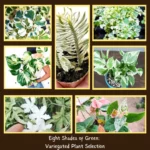
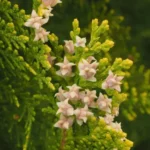
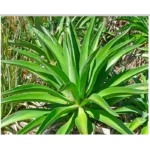
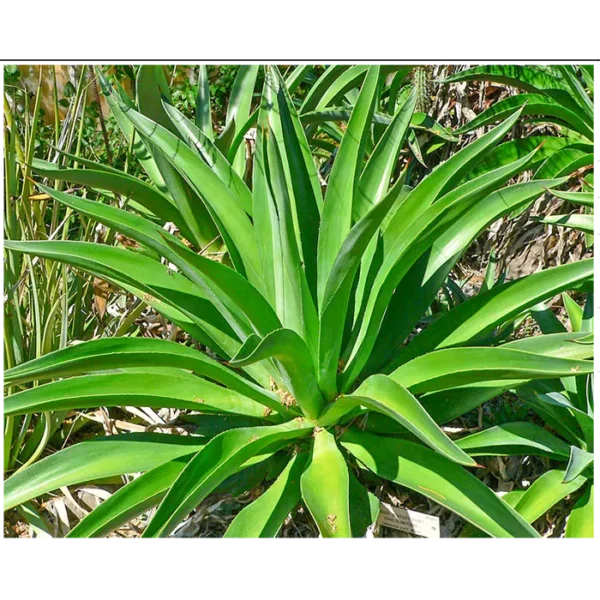
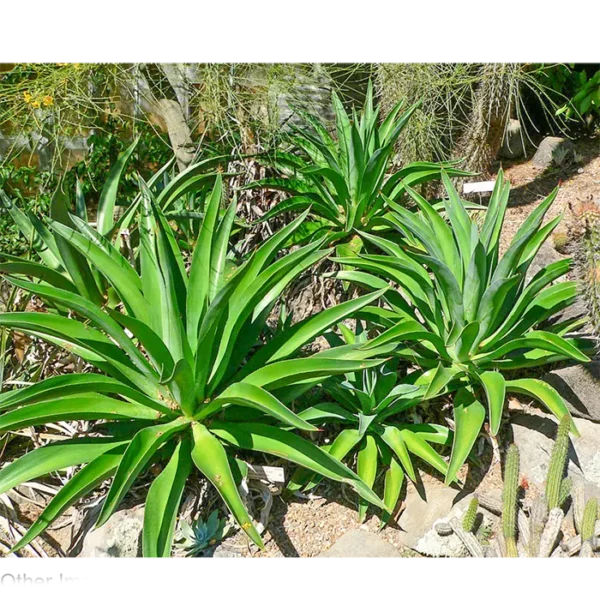
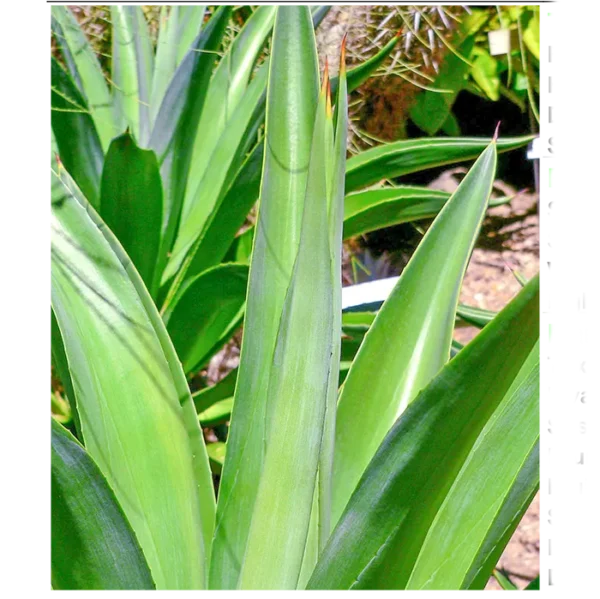
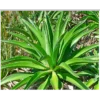

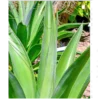


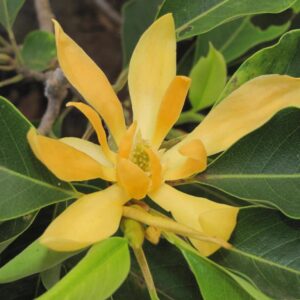
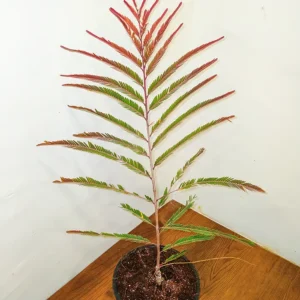
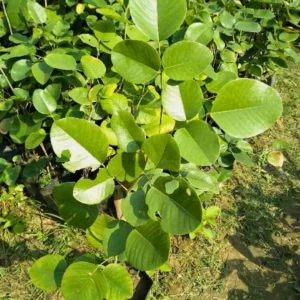
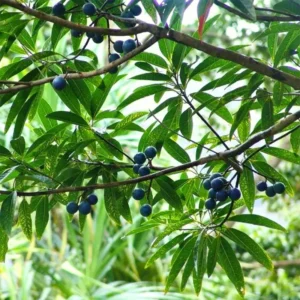
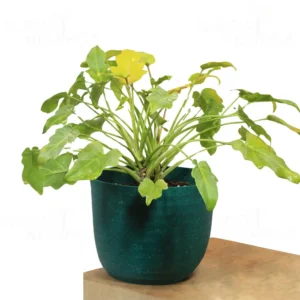
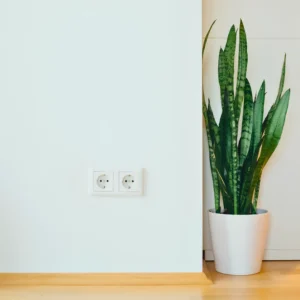

Reviews
There are no reviews yet.